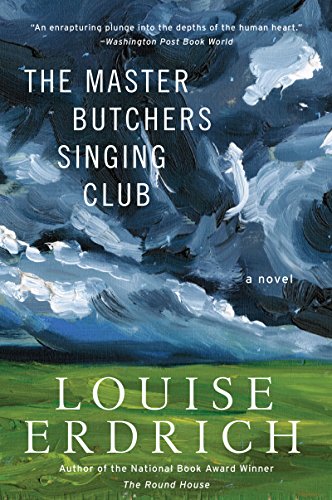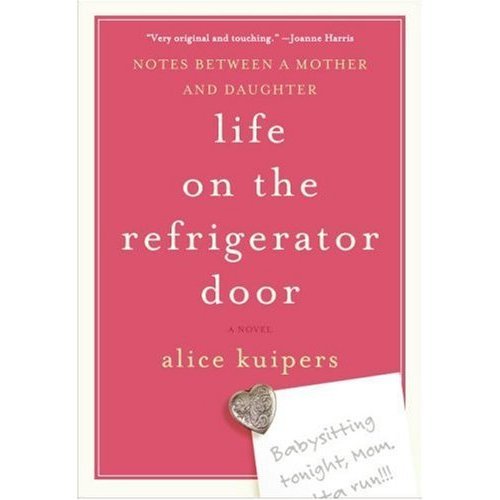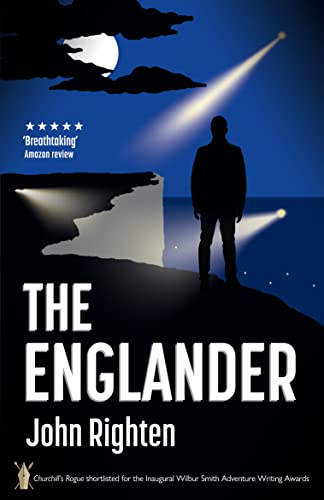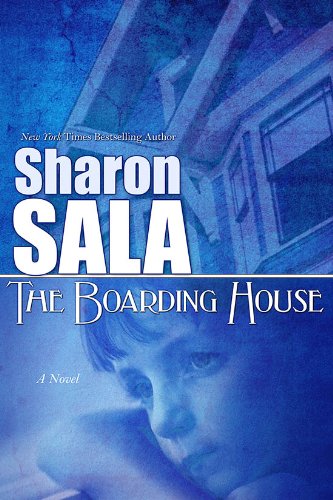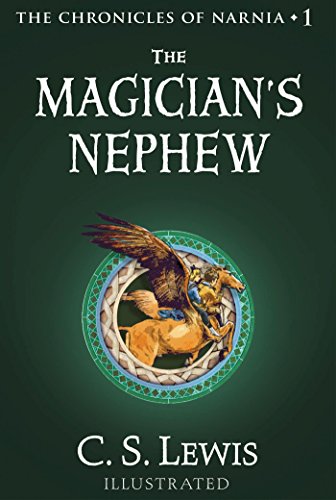Just a brief but, I hope, worthwhile follow-up my post earlier today about ebooks from the author’s perspective….
In Friday night’s conversation, and in an increasing number of other forums and conversations, I find that I am being asked for advice about how to price books in the Kindle Store. I generally share my thoughts on this topic quite freely, which is probably a good indicator of what they are worth, as advice.
But here are a few general observations.
Authors deserve to be paid well for their work, but it is a big mistake to equate the price that is set for that work blindly or simplistically with an author’s compensation. Instead, an author’s compensation is based on the following formula:
I realize that many or most of us are English majors, but that really shouldn’t keep us from absorbing and understanding this formula and its significance.
In a highly discretionary market such as the ebook market, where consumers are showing signs of being increasingly savvy and price-conscious, pricing a book too high will impede its sales. Indeed, as a number of authors including J.A. Konrath have pointed out, price sensitivity in the Kindle Store is intense. Konrath and other authors, including my co-panelists on Friday evening’s BookChatter podcast, have been finding out pretty consistently that the lower they set the prices for their books, down to the current Kindle Store floor of 99 cents for most titles, the more money they end up with via the AxBxC formula noted above.
To illustrate the concept, let’s take a hypothetical, fairly popular book with the title The Value of Nothing. It doesn’t matter whether it is a Buddhist spiritual tome, an inquiry into the price elasticity of demand, or a steamy erotic novel. (I made up the title, but of course I found afterward that there are two other books out there now with the same title, so apologies to Raj Patel and Julian Roche). Assuming that the book gets sufficient marketing attention and that there are no special forces at play such as pent up demand or early-adopter frenzy or the kind of impatience premium that is activated, say, with some bestselling sequels, my experience and observations say that the price that is set for the same book will have a dramatic effect on sales and ultimate author receipts along lines like these over, say, the course of a month:
$14.99 60 $314.79
$12.99 90 $409.19
$9.99 150 $524.48
$6.99 300 $733.95
$4.99 600 $1,047.90
$2.99 1500 $1,569.75
$1.99 3000 $2,089.50
$0.99 7500 $2,598.75
$0.00 30000 $0.00
So, no promises that it will be replicated in any other author’s experience, but I just think it is important to share this rough model that I have seen work again and again. And I am sharing it in spite of the fact that I would rather, personally, see most author and publishers price Kindle books generally at $2.99 and up.
I’m sure there are plenty of other reasons why an author or publisher might wish to charge more for a book, and I am not going to extend this post unduly by trying to evaluate them. If you are concerned about saturating your market at too low a price, one thing that makes the Kindle Store — and the aggregate of all ebook venues — stand out right now is the rate at which the “installed base” of Kindles is growing. Even if an author has sold 50,000 copies of a Kindle book up to now, there are still 3 million other Kindle owners who have not bought that book yet, and that base is expected to grow by an average of a quarter of a million new Kindles a month this year, even before we count iPads, BlackBerry phones, and all the other devices that will be able to read Kindle books or other ebook formats.
One thing to keep in mind is that Amazon has promised that by June 30 it will double its Kindle royalties from 35 percent to 70 percent for authors and publishers who price their Kindle editions anywhere from $2.99 to $9.99 and participate in other Kindle feature offerings such as the text-to-speech offering. That’s a powerful lure: it would mean a per-unit royalty increase from 35 cents (on a 99-cent offering) to $1.99 (on a $2.99 offering). It could well be that, when this new royalty structure kicks in, Amazon will succeed as herding all the “cats” who currently have Kindle books priced from 99 cents up to $2.98 into the $2.99-$9.99 corral.

